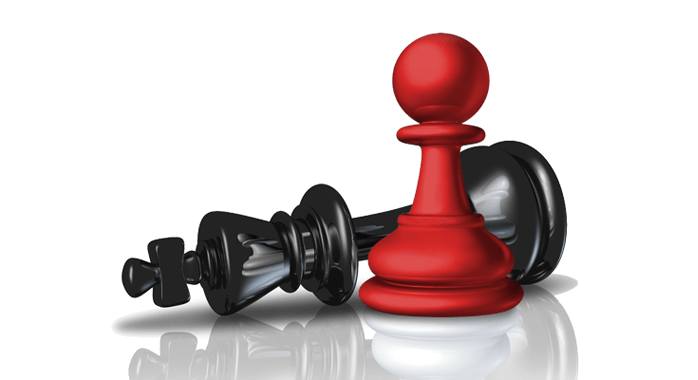Controlling Consumer Buying Decisions – Part 1
THE ESSENCE OF POSITIONING
You want consumers to buy your brand, product or service, and not those of your competitors. Your competitors feel the same way about you. So who gets to catch the fish?
While the decision-making process is complex, and comprises a lot of variables, at its core it’s very simple.
Consumers behave based on their beliefs. If they believe that your brand, product or service will do a better job fulfilling their needs and desires, they’ll pick you. If not, the trophy goes to one of your competitors.
In this article, the first in a series about how to influence and control the consumer decision-making process, I’ll set the foundation about achieving the ultimate goal: getting more consumers to decide in favor of your brand than they do of your competitors.
With a nod to the grand masters of positioning science, Al Ries and Jack Trout, who coined the term ‘positioning’ way back in 1969, let’s review a few basics and then jump into the nitty-gritty.
As the 1960s were coming to an end, there was an explosion of ‘me-too’ products and services. Brand owners and major consumer products companies noticed that there were surges of attention to certain types of products. By coming up with a ‘cleaner, white, brighter’ version of a popular product, companies could jump on the bandwagon and take a share of profitable markets just by spending more on ads. Looking back, we know now that it’s ALWAYS better to out-smart your competition than out-spend them.
The unfortunate result was that consumers suffered (and continue to suffer to this day!) a barrage of ‘better mousetrap’ promises. “Ours is faster!” “Ours has more features!” “Ours is stronger!” “Ours works faster!” The era of advertising clutter was upon us, and it’s only gotten denser by the year. And not every claim was entirely accurate. In the numbers game of “how many consumers can I capture?”, tons of misleading advertising claims were broadcast to a consumer population who wanted more convenience and who did less actual research before making a purchase.
As a mass result, consumers became leery of marketing claims about how good a product really was. Ads were given the evil eye of suspicion. And they still are today.
Thus, the challenge has transformed into not just making claims, but getting into the mind of the target consumer so compellingly and actually influencing consumers to believe that other brands or products just weren’t good enough. One visible result of this is negative advertising and deflective marketing where you cast doubt about ‘the other guy’ hoping you can influence consumers so strongly against them that you’re the only choice left. This is the ‘lesser of two evils’ approach, and frankly it’s shameful.
So, let’s set the basics here, and then in subsequent articles I’ll explain the mechanisms by which this all works.
Positioning is a marketing science that acts to gain an aggregate set of positive perceptions about your brand in the minds of more target consumers than competitors in the same category are able to achieve.
Positioning occurs whether or not you control it, and this is a huge risk for brands. If you don’t proactively control this process, consumers will come to their own conclusions, or even worse, they will adopt the conclusions your competitors are planting in their minds. So, in short, positioning is a ‘relative competitive assessment’ of how well your brand or product will fulfill a need or desire in a given market as determined by the consumers themselves.
Within the realm of positioning there is one component, de-positioning, which is the art of causing consumers to change the way they think, believe, and thus behave towards your competitors, moving them away from the competition and towards your brand.
Brands that focus entirely or predominantly on proclaiming their own benefits but fail to de-position the competition in the minds of the target audience are left to wallow in an environment of general consumer distrust and get lost in the sea of me-too claims.
PRO TIP: the home run in brand positioning is mastering the art of de-positioning and integrating it into your core brand messaging and the perceptions your brand creates in the minds of your target market.
In the next articles in this series, we’ll explore the following:
How to guarantee capturing the top rung of your category ladder.
How to save consumers from being swept away in the ‘River of No!’
The roadmap of consumer decision-making: what you can and cannot control.

